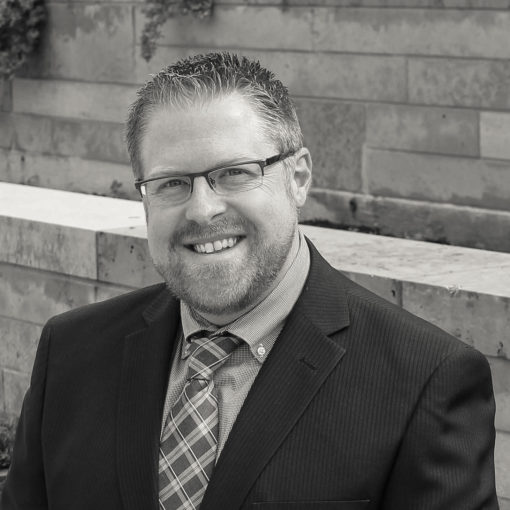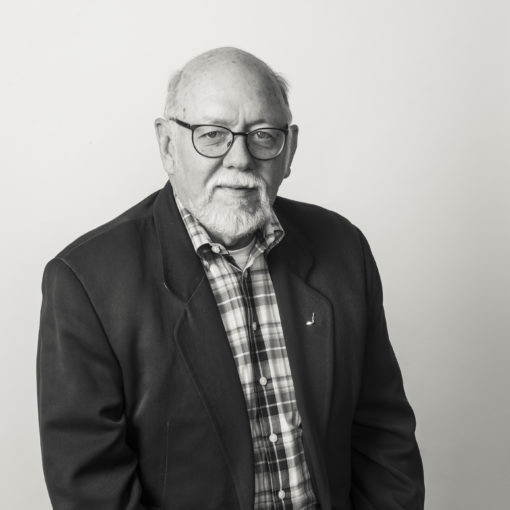
Josh Mandelbaum | Des Moines City Council Member
The Idea: Des Moines should strategically invest in and enhance corridors in order to connect downtown to neighborhoods and destinations throughout the community.
Over the last two decades, Des Moines has made a sustained and concentrated effort to invest in our downtown with great results. We need to continue our investment in downtown, but we also need to develop strategies to extend that success out into our neighborhoods.
Des Moines should invest in corridors to connect downtown to strong neighborhoods throughout our community. Strong, vibrant corridors make a city unique and give it character, enhance quality of life, facilitate neighborhood revitalization, support local businesses, diversify the economy, and make amenities and services more accessible to everyone. Strong corridors don’t just connect one destination to another, they become a destination in and of themselves.
In the past, we have created our corridors to move people in and out of downtown as fast as possible. The consequence of this approach hollowed out neighborhoods and ignored how the people living along the corridors used the space. If we are strategic and deliberate, we can create strong, vibrant corridors that are destinations where people go to work, shop and meet their neighbors. Strong, vibrant corridors share some common characteristics that can be planned for, incentivized and created with the right policies. Here’s how we can do that:
Design corridors for safety and accessibility
One of the most important first steps in creating a strong corridor is to create a safe and accessible corridor. There are a variety of strategies to help accomplish this, and the pending MoveDSM transportation master plan provides a framework for making this happen. Implementing road diets, calming traffic, reducing speeds, and adding sidewalks and bike facilities are all actions to help reduce crash rates and the severity of accidents when they do happen. Safer, more accessible corridors create economic opportunity. A safe, accessible corridor means more people feel comfortable out on a patio or walking from shop to shop, and it creates the type of space that allows them to do just that.
Encourage density and diversity
Density supports a broad range of amenities developing along a corridor. It helps create a diverse range of services, shops and restaurants that attract residents. Transit works better with density, and that in turn means that a dense corridor can be a more accessible corridor to everyone in the community. It is also critical to the success of a corridor that its workforce can afford to live nearby. One of the underappreciated aspects of the Ingersoll corridor is that there is an abundance of naturally occurring affordable housing around the corridor that allows people who work at the shops and restaurants that make Ingersoll unique to live in the neighborhood. Density and diversity can be encouraged through city policies. The city should use TIF and abatement to encourage density and mixed-income development along the corridors.
Integrate corridors across city efforts
Strong corridors won’t simply happen. If we are going to be successful in creating strong corridors, we cannot simply develop corridor plans that sit on shelves. Creating strong corridors should be a part of every city effort and department. For example, the recently adopted Des Moines neighborhood revitalization plan identifies four pilot areas for the initial focus of revitalization efforts; corridor planning has the ability to complement and connect to several of the pilot areas and should be incorporated into the pilot efforts. Des Moines is also partnering with Drake to take advantage of upcoming sewer projects to incorporate streetscape design at the same time. Transportation, transit, parks, housing and economic development must all consider and focus on corridors and look for similar opportunities.
Focus efforts where there is opportunity
We know that we don’t have the resources to transform every corridor, and if we spread resources too thin, we won’t be effective anywhere. We should make a concerted effort on one or two corridors, and then work to replicate the model. I recommend the University Avenue corridor as the next focus. The University corridor connects multiple communities (Clive, Windsor Heights, Des Moines and Pleasant Hill), includes critical community assets and institutions from Drake and DMACC to Mercy and the fairgrounds, and has significant momentum with the recent Opportunity Zone designation and Des Moines neighborhood revitalization pilot. With a focused effort and application, the University corridor has the potential to become the next Des Moines destination. >
+1 Tim Leach, SVP of Downtown Development, Greater Des Moines Partnership




